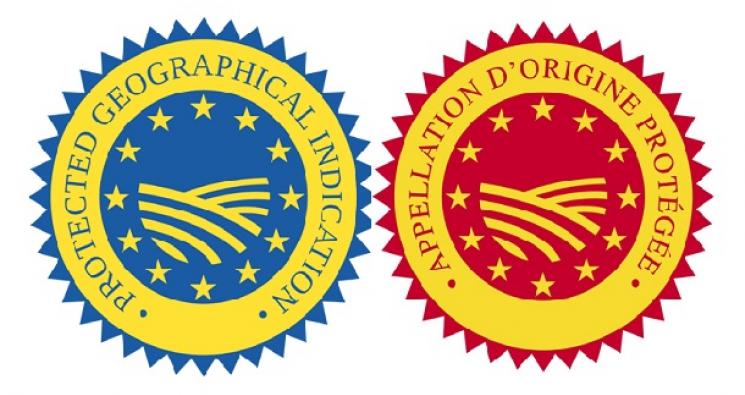Types of Olive Oil
Differences in olive tree varieties, cultivation methods and organoleptic properties result in the classification of Greek olive oils into various types., among which are the following:
Organic olive oil. Produced by methods in which all problems of cultivation are addressed without the use of chemicals, pesticides and fertilizers. Cold-pressed or unheated olive oil. Pressed from olives using low temperature malaxation (up to 27° C).
Early harvest olive oil (agoureleo).
Cold-pressed from unripe green olives, which are gathered at the beginning of the harvest season.
Olive oil of Protected Designation of Origin (PDO). Bears the name of the region whose olive oils have special organoleptic properties distinct from those of other olive oil producing regions and are due mainly or exclusively to a particular geographical environment.
Olive oil of Protected Geographical Indication (PGI). Bears the name of the region to which it owes its reputation, with production and processing carried out exclusively in this region.
WHAT IS PDO
P.D.O. (Protected Designation of Origin) stands for Protected Designation of Origin. The production and processing of olive oil that has been recognised by the European Union as PDO takes place in a specific geographical region. The olive oil that is produced has specific organoleptic properties which are due to the geographical environment it originates from and bears the name of the region. Recognition of a product as PDO is made by the European Commission according to certain strict procedures. PDO olive oils are checked by the European Union for faithful adherence to set quality specifications and carry a special "seal" of recognition. Greece has registered 19 regions as PDO.
LIST OF GREEK PDOs
- Apokoronas Chanion Kritis
- Arxanes Irakliou Kritis
- Viannos Irakliou Kritis
- Vorios Mylopotamos Rethymnis Kritis
- Exeretiko partheno eleolado “Trizinia”
- Exeretiko partheno eleolado Thrapsano
- Exeretiko Partheno Eleolado Selino Kritis
- Kolymvari Chanion Kritis
- Kranidi Argolidas
- Krokees Lakonias
- Lygourio Asklipiiou
- Peza Irakliou Kritis
- Petrina Lakonias
- Finiki Lakonias
- Kalamata
- Sitia Lasithiou Kritis
- Agoureleo Chalkidikis
- Messara
- Galano Metaggitsiou Chalkidikis
WHAT IS PGI
P.G.I. (Protected Geographical Indication) stands for Protected Geographical Indication. The olive oils bearing the special PGI "seal" owe their quality and reputation to the particular area in which they are produced. The cultivation of olive trees and the olive pressing are carried out in the defined geographical area. Greece has recognized 11 regions as PGI.
LIST OF GREEK PGIs
- Agios Mattheos Kerkyras
- Zakynthos
- Thassos
- Kefalonia
- Olympia
- Chania Kritis
- Lesvos, Mytilini
- Preveza
- Rodos
- Samos
WHY WE SHOULD CHOOSE PDO OR PGI PRODUCTS?
- There are at least five reasons why the international market ought to support products with the PDO and PGI label:
- They belong to the highest quality category of olive oil
- They are produced by traditional methods
- Strict European legislation guarantees their reputation and quality
- Each PDO and PGI product is associated with a long history which attests to its uniqueness and high quality. Search out the roots of the product: where it comes from, how it is produced, with what customs and traditions it is linked.
- They are easily recognizable by their characteristic blue and yellow logos.
Source: http://greatevoo.gr






